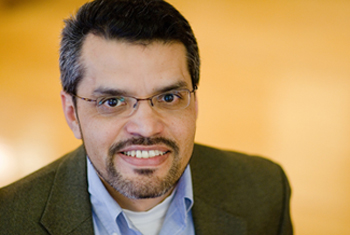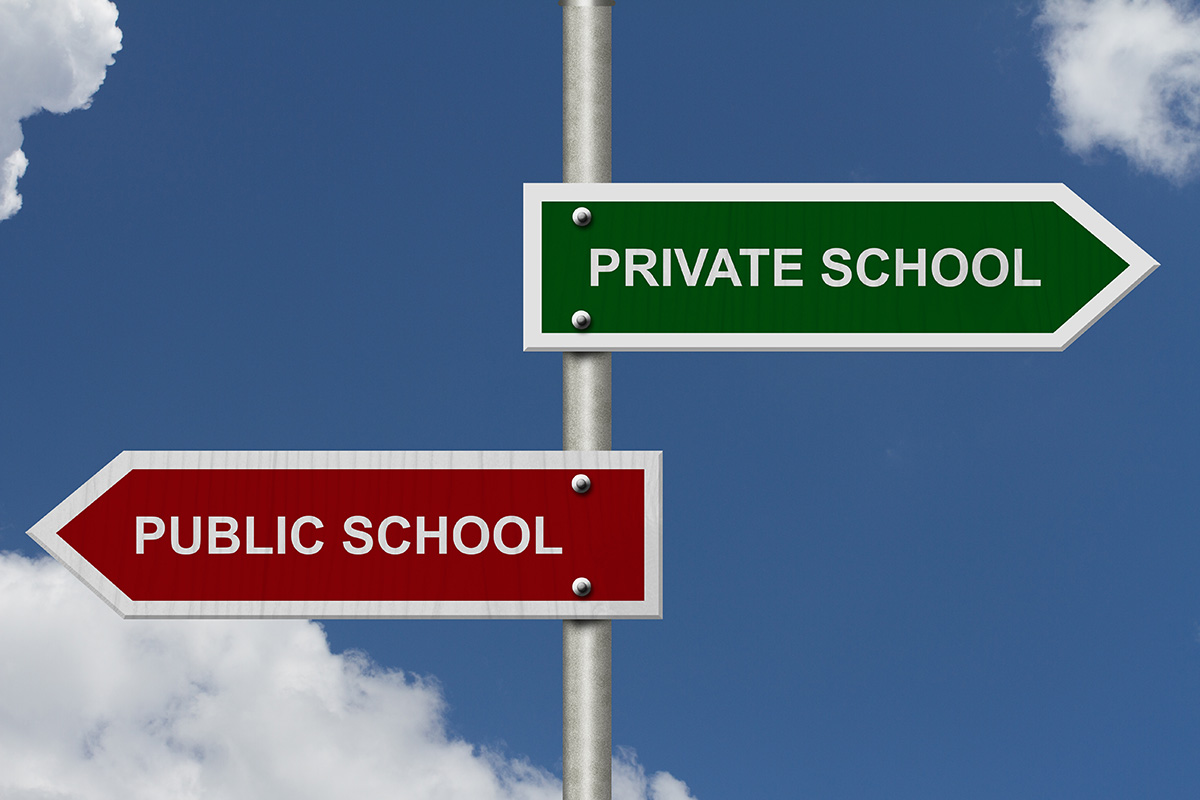The demand by parents for education vouchers and Education Saving Accounts (ESA’s) – which allow them to use government funds to pay for private school tuition — is showing signs of flagging, possibly because private schools are not subject to public regulation and thus not required to meet government standards on measures that range from testing performance to teacher accreditation to instruction for special education students.
Proponents have argued that freedom from such oversight makes vouchers and ESAs the best way to optimize school choice and introduce competition that could induce public school systems to improve.
Yet the latest studies show that academic performance among voucher and ESA students is trending lower, according to Luis Huerta, Associate Professor of Education and Public Policy. Huerta and Kevin Welner, Professor of Education at the University of Colorado Boulder School of Education and co-founding Director of the National Education Policy Center, spoke in a recent webinar about the evolution of conventional school vouchers into vouchers funded by private, tax-free donations and, most recently, into Education Savings Accounts (ESA’s).

ASSESSING DEMAND Huerta says it’s too soon to know how the COVID pandemic will affect interest in vouchers. (Photo: TC Archives)
The lack of regulation of schools in voucher programs is “a feature, not a bug,” designed to make it difficult for the public to look “behind the curtain,” said Welner.
He added that “we know even less about the outcomes and experiences of those who receive ESAs.”
Vouchers were invented in Milwaukee in 1990. Since then, the number of private schools participating in voucher programs has risen in some areas, but “we’re seeing an actual decline in the number of families choosing to take up these programs,” Huerta said. For example, in Florida, the number of vouchers and tax credit scholarships that provide public subsidies for private schools has increased, and the number of operating private schools has also increased. “Yet, the total number of private school students in the state has decreased.”
It’s difficult to connect that decline in private school enrollment to vouchers and tax credit scholarships, “given that state does not make data available,” Huerta said. But a possible explanation “is that those who are benefitting from private school choice are families who would have otherwise chosen private schools, even without the subsidy. This is what my current ongoing research focuses on. Also, Florida is one of the few states that extend eligibility for private school vouchers to students who enter private school at kindergarten, which again, may account for many students who are receiving the subsidy having never attended public school.”
While the number of private schools participating in voucher programs has risen in some areas, “we’re seeing an actual decline in the number of families choosing to take up these programs.”
— Luis Huerta
Over time, conventional vouchers – those funded from local public-school budgets – evolved into tax-advantaged vouchers that allow private, for-profit entities to donate to a nonprofit organization that would issue the vouchers, in exchange for tax benefits. The newest iteration of vouchers, Education Savings Accounts (ESAs), began appearing in about 2012. In ESA programs, currently available in five states, parents receive debit cards preloaded with government funds which they can use to pay for private school tuition and transportation as well as other educational expenses such as tutoring and school supplies. These features are attractive to proponents, like U.S. Secretary of Education Betsy DeVos, of public subsidies for private-school expenses, but it remains to be seen how many states will add ESA’s to their menu of options for parents who want them.
The newest wild card in the outlook for vouchers and ESAs is COVID-19. In early June, DeVos issued a rule allowing states to use federal COVID-19 relief funds, originally meant to help low-income students, on educational costs including private school tuition, for all students, regardless of income.
As schools both public and private struggle with all the variables of re-opening their physical spaces in the fall, how will the COVID crisis affect demand for vouchers?
“There is no way of knowing, as it is not clear whether private schools will open at a rate higher than public schools in areas hard-hit by COVID,” Huerta said. “There has been some chatter about how wealthy private schools might have the revenue advantage, compared to public schools, to provide the testing, physical modifications to school buildings, etc., that might allow them to re-open and provide in-person instruction. However, there are too many variables that have yet to be accounted for in order to draw that conclusion.”
Huerta also said that proposals by Republican Senators Tim Scott of South Carolina and Lamar Alexander of Tennessee would siphon CARES COVID relief aid to fund private school scholarships. “But again, it’s too soon to know whether this will give private schools the advantage to open more readily compared to publics, especially since the money linked to these proposals is only in the form of portable scholarships and not infrastructure dollars.”
The newest wild card in the outlook for vouchers and ESAs is COVID-19. In early June, DeVos issued a rule allowing states to use federal COVID-19 relief funds, originally meant to help low-income students, on educational costs including private school tuition, for all students, regardless of income.
Meanwhile, Huerta and Welner cite a number of downsides that could dampen voucher demand:
- Some vouchers and ESA’s don’t cover the full tuition at a private school, and because private school tuition is not subject to government regulation, parents have no guarantee that they will be able to afford future tuition increases.
- Private schools are not required, as public schools are, to report how many low-income or special-needs students they admit. This allows them to “cream skim” those students out of the student body, Huerta said. So while vouchers and ESA’s are billed as increasing parents’ educational choices, in fact, they are most effective at increasing private schools’ ability to choose their students.
Then again, Welner said, the shift away from conventional vouchers to tax credits and ESAs plays to a powerful constituency. Tax-funded vouchers, funded by private contributions to separate, nonprofit organizations of dollars that never make their way into state coffers, are attractive because they avoid state prohibitions against using public funds to benefit religious organizations, he said. (The webinar took place on June 23, before the U.S. Supreme Court rule on June 30 in Espinoza v. Montana Department of Revenue that a state-funded scholarship program for private-school students cannot discriminate against students in religious schools.)
And both programs are popular among certain voters. “Vouchers poll well,” Welner said, “but ESA’s poll better.”
The webinar was sponsored by the nonprofit group Public Funds for Public Schools, a national campaign supported by the Southern Poverty Law Center, SPLC Action Fund, Education Law Center, and Munger, Tolles & Olson LLP, which engages in litigation, advocacy and research aimed at ensuring that all public funds for education are used to maintain and support public schools.
